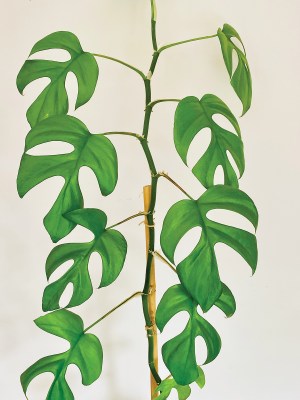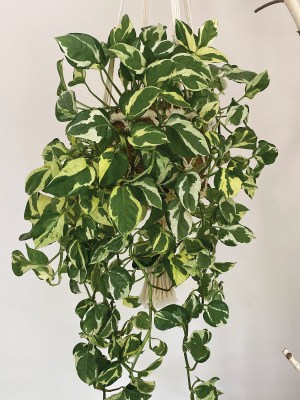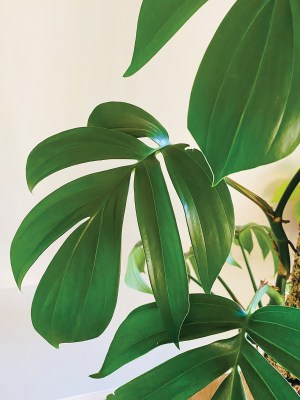A house plant or two brightens up any home and usefully purifies the air. Here’s how to avoid some of the common pitfalls of new plant ownership.
Top tips for success with indoor plants
If you’ve succumbed to the house plant addiction, you’re not alone!
The world of indoor plants is very new to many people and can seem like a daunting place. However, indoor plants really aren’t hard to deal with, as long as you follow a few basic rules from the start. Get these first few simple things right and the rest is easy!

When you bring it home … leave it alone!
This is my number one rule. Most of the plants you buy have literally just reached a sellable size when they get to the garden centre. There is no need whatsoever to plant them into a bigger pot. They will be happy for at least 6-18 months in the original nursery pot. New plants have very young, sensitive root systems. By removing them from their pot and fussing over them you risk damaging those new roots and upsetting the plant. Allow them to concentrate on adjusting to their new environment and growing a healthy root system.
Leave them in the plastic nursery pots.
This is a must! Not only should you leave them alone, but if and when you do pot them up into a bigger pot, use another plastic nursery pot. Don’t plant into ceramic or decorative pots. Many have zero drainage holes and those that do have a hole don’t provide enough drainage for house plants. They don’t dry out quick enough when planted into decorative pots. Use decorative pots as cover pots only. Always remove from the decorative cover pot to water, let it drain and then return.

Don’t fall into a weekly or fortnightly schedule of watering.
Your plants do not need water that often. Watering too frequently is what causes root rot and 99 per cent of house plant fatalities! Most plants must be allowed to dry out completely between watering to allow the roots to breathe.
Water only when your plant is telling you it needs it.
Feel the foliage, look at the foliage. It will look and feel softer than normal when it’s ready for water. Lift the pot (hence the reason for keeping them in the plastic pots), feel the soil, and even remove the pot, if necessary, to see what the potting mix looks like down at the bottom. There is a great new range of clear plastic pots available now, this is a fantastic way for people who struggle with reading their plants to manage the watering. You can see how damp or dry the soil is at a glance.

Plants need light.
Remember, there’s really no such thing as an “indoor plant”, they’re all outdoor plants from different climates. It’s unnatural for plants to grow inside, so try to provide as much indirect but bright light as possible for your plant to thrive. If you have a very dark house, perhaps consider rotating plants with ones that can live outside on a protected patio in the shade. Remember never to put your plants in direct sunlight, not even for 10 minutes to water, they will burn.
Start with something simple and tough.
Leave the tricky stuff until you have a bit more experience. Ask your local garden centre staff to help you choose something less fussy and demanding.

Avoid Google-searching problems.
Ask a qualified horticulturist at your local garden centre or indoor plant specialist. Google will often give you information that’s not relevant to our climate and conditions. You will also find information that overcomplicates what is probably a very basic issue.
Accept a few imperfections and blemishes.
Don’t strive for social media perfection, that is unrealistic. All plants will have a few spots or a sad leaf or two from time to time. That is normal and to be expected. By lowering your expectations slightly, you will come to enjoy the art of successfully growing house plants.
Haidi’s Top 5 indoor favourites.
You should find these varieties are usually available at most good garden centres in South Australia.
- Rhaphidophora tetrasperma (sometimes labelled as Epipremnum pinnatum
- Rhaphidophora decursiva (Dragon’s Tail)
- Philodendron cordatum (Heart Leaf)
- Epipremnum/Pothos “Snow Queen”
- Piper betel
This article first appeared in the Autumn 2021 issue of SALIFE Gardens and outdoor living magazine.



